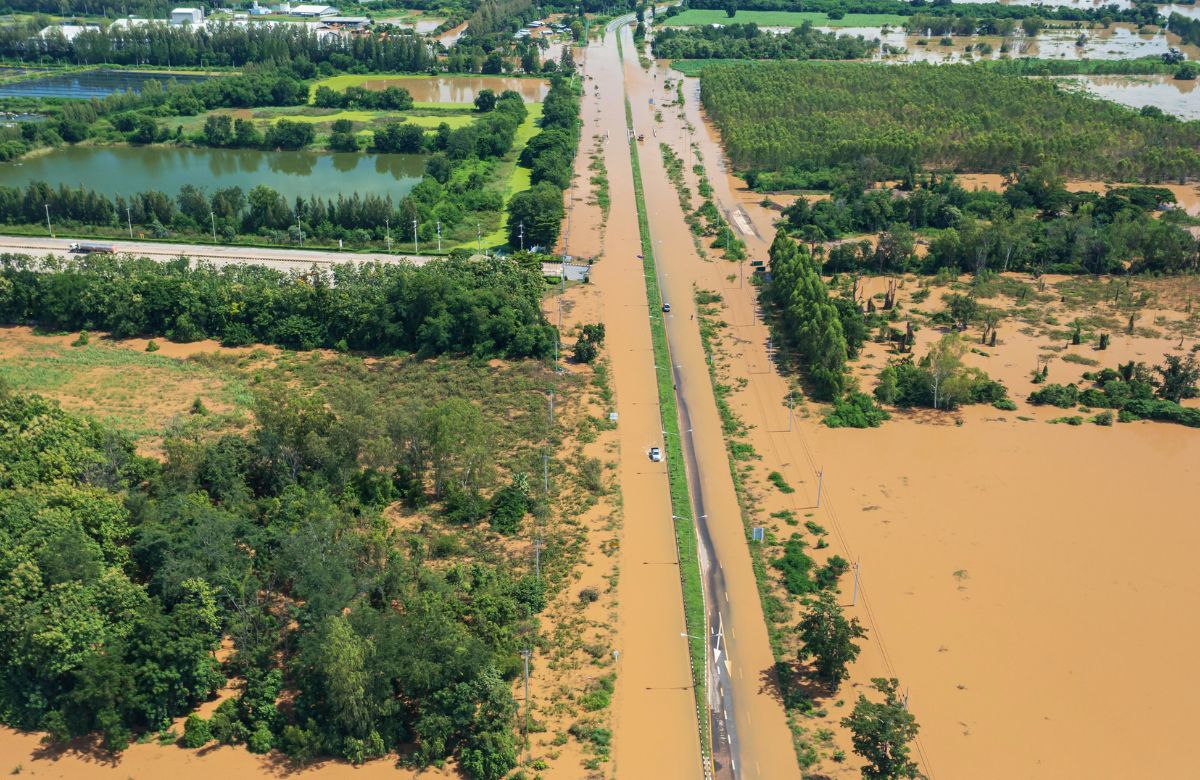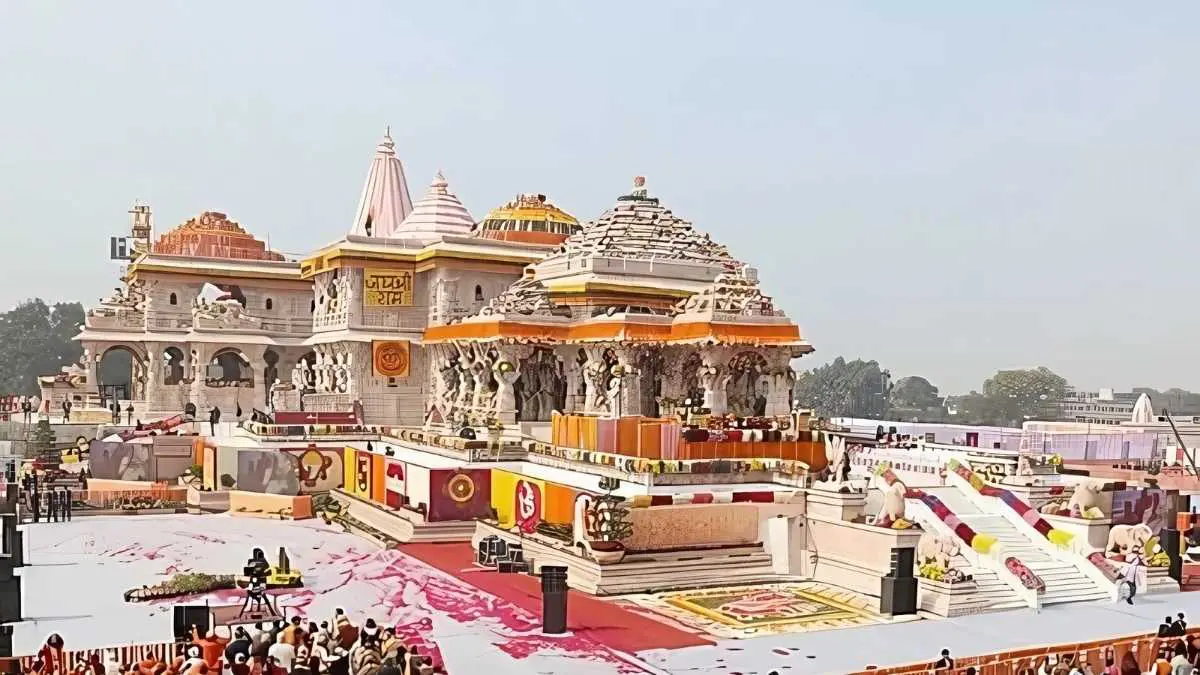Nestled amidst the picturesque landscape of Assam, No 2. Bardhanara village is adorned with lush green fields, rolling hills, and meandering rivers. Once upon a time, a former chief minister inaugurated the road connecting to this village in the Nalbari region many years ago. Today, all that remains of this remote village is a solitary household with no road.
One Family, No Road In This Remote Village

Due to the absence of a decent road, No. 2 Bardhanara village, which had a single family with five members and only 16 residents in the 2011 census, is now only home to 16 individuals. The only people who live in this village in Ghograpara Circle are Bimal Deka, his wife Anima, and their three children, Naren, Dipali, and Seuti. Their house is about 12 km from the town’s administrative centre Nalbari.
To get to the closest motorable road, the family must trek 2 km over muddy and wet terrain. They travel by country boat during the monsoon. Anima rows the boat to transport her kids back and forth, but despite the challenging circumstances, the family has made sure that all three of the children receive a quality education.
The kids use kerosene lamps to study as there is no electricity. When it rains, the family’s only means of mobility is the boat because all the paths through the village are flooded. Before a few decades ago, the state of this hamlet, which spans 162 hectares, was not so appalling.
The once-prosperous village is now deserted as a result of frequent flooding. Recently, Gramya Vikash Mancha, an NGO, established a farm in the area.
Also Read: Assam Flood: Situation Turns Worse; 1.91 Lakh People Affected, Death Toll Rises To 15
Assam’s Recurring Flood Situation

The displacement of communities due to flooding has also taken a toll on the socio-economic fabric of Assam. Thousands of families are forced to abandon their homes and livelihoods annually, leading to a cycle of loss and rebuild. The state’s embankments, built to contain the river waters, are often poorly constructed and maintained.
By now, a unified and well-coordinated disaster management strategy, backed by scientific research and technology, is imperative. Addressing these issues requires a concerted effort involving government authorities, local communities, and environmental experts. Only through a comprehensive and sustained approach can Assam hope to break the cycle of annual floods.
Cover image credits: Canva
First Published: August 31, 2023 5:20 PM



